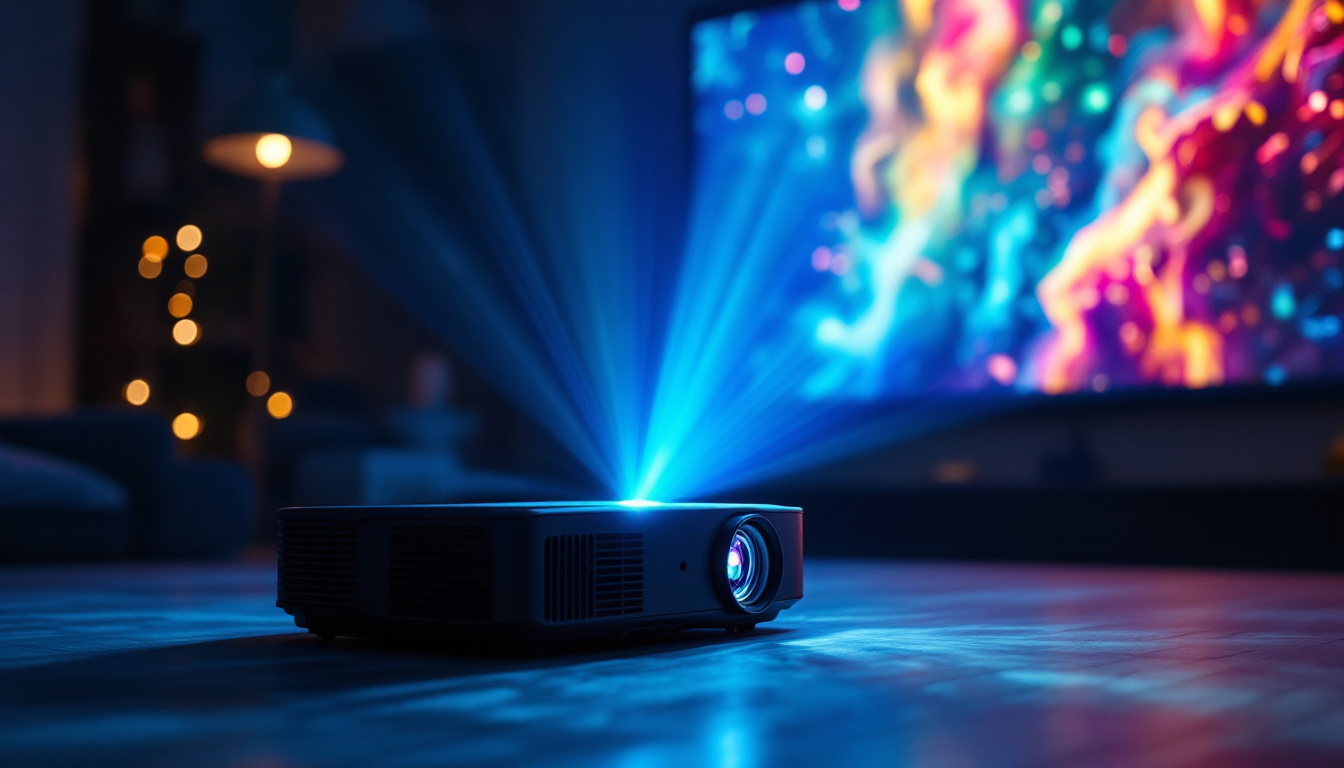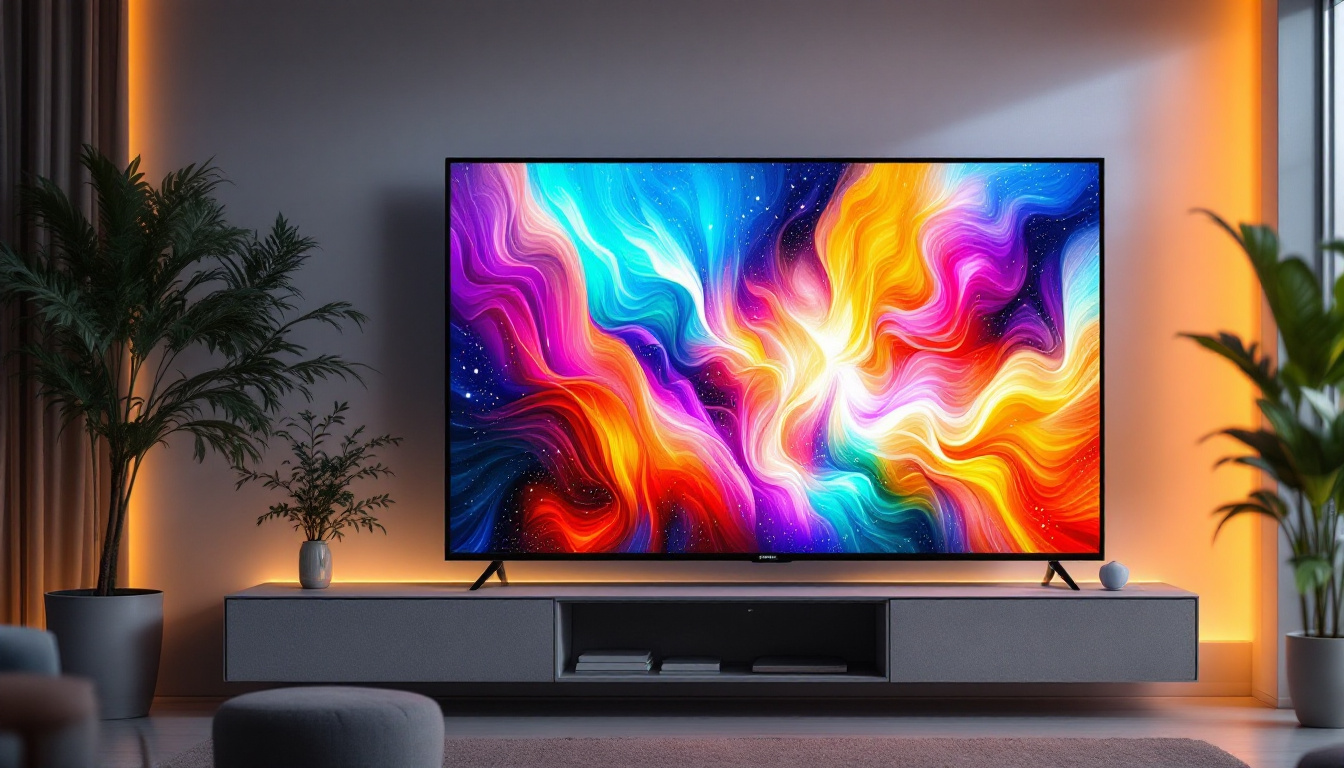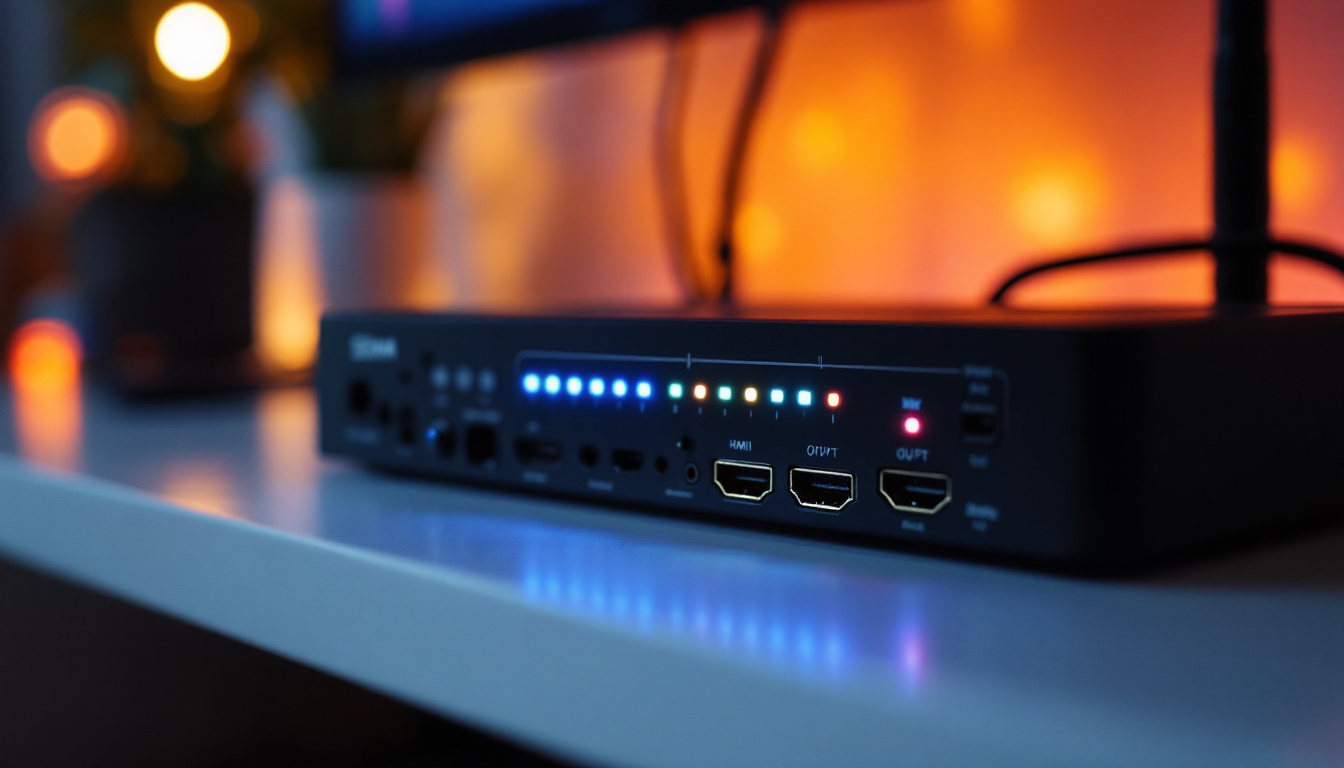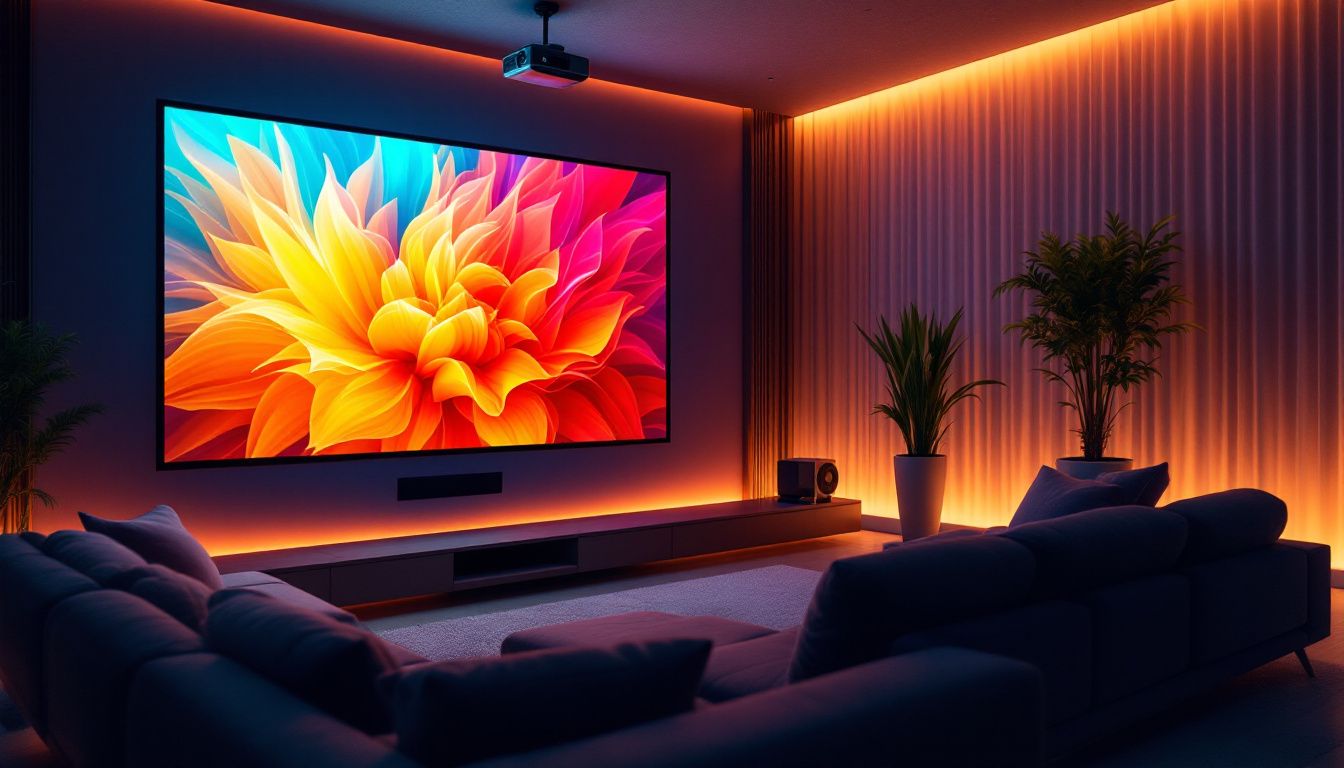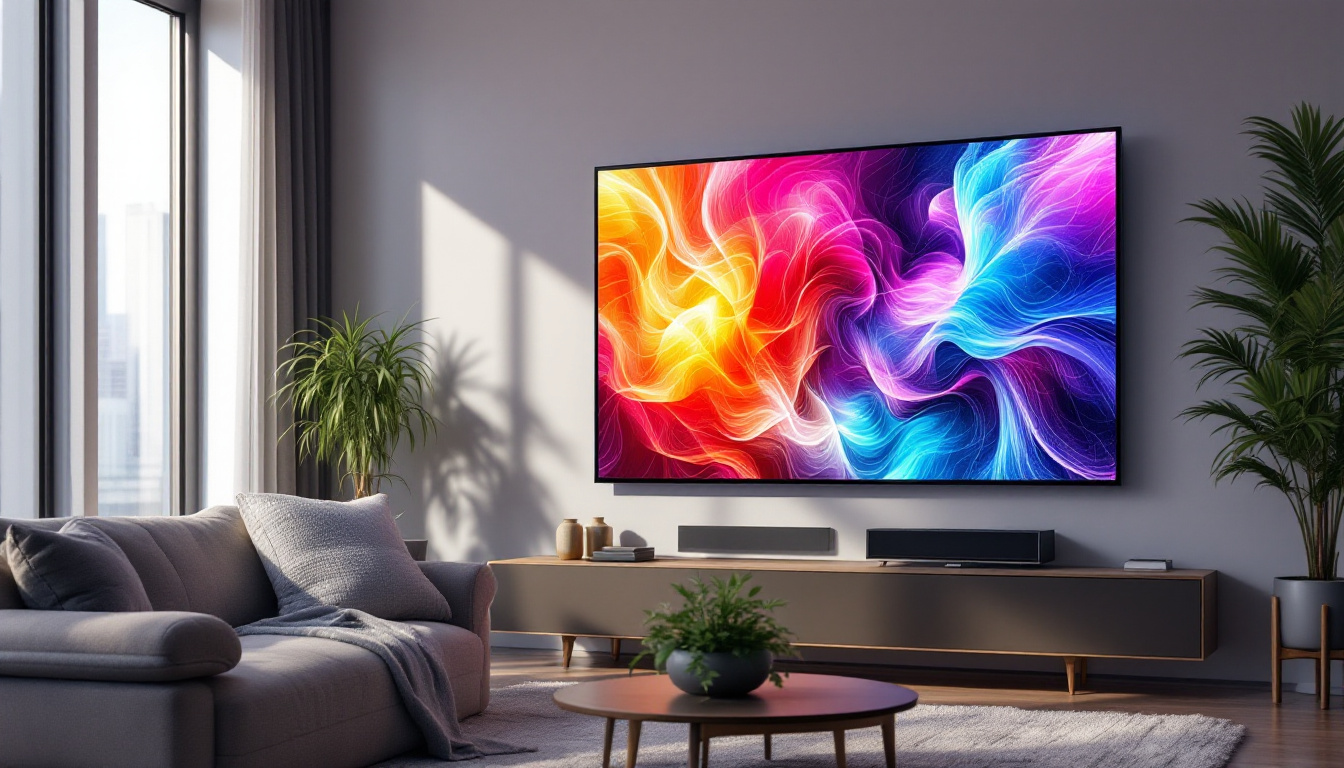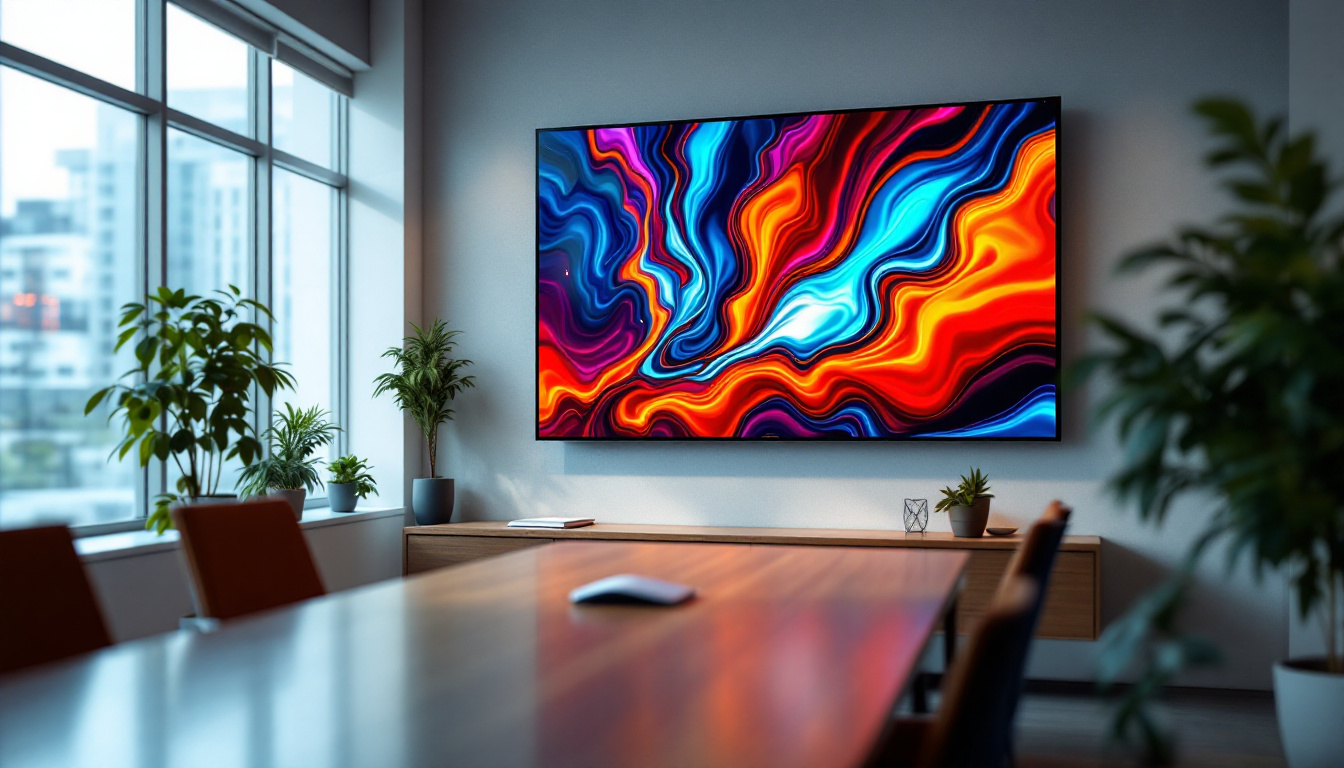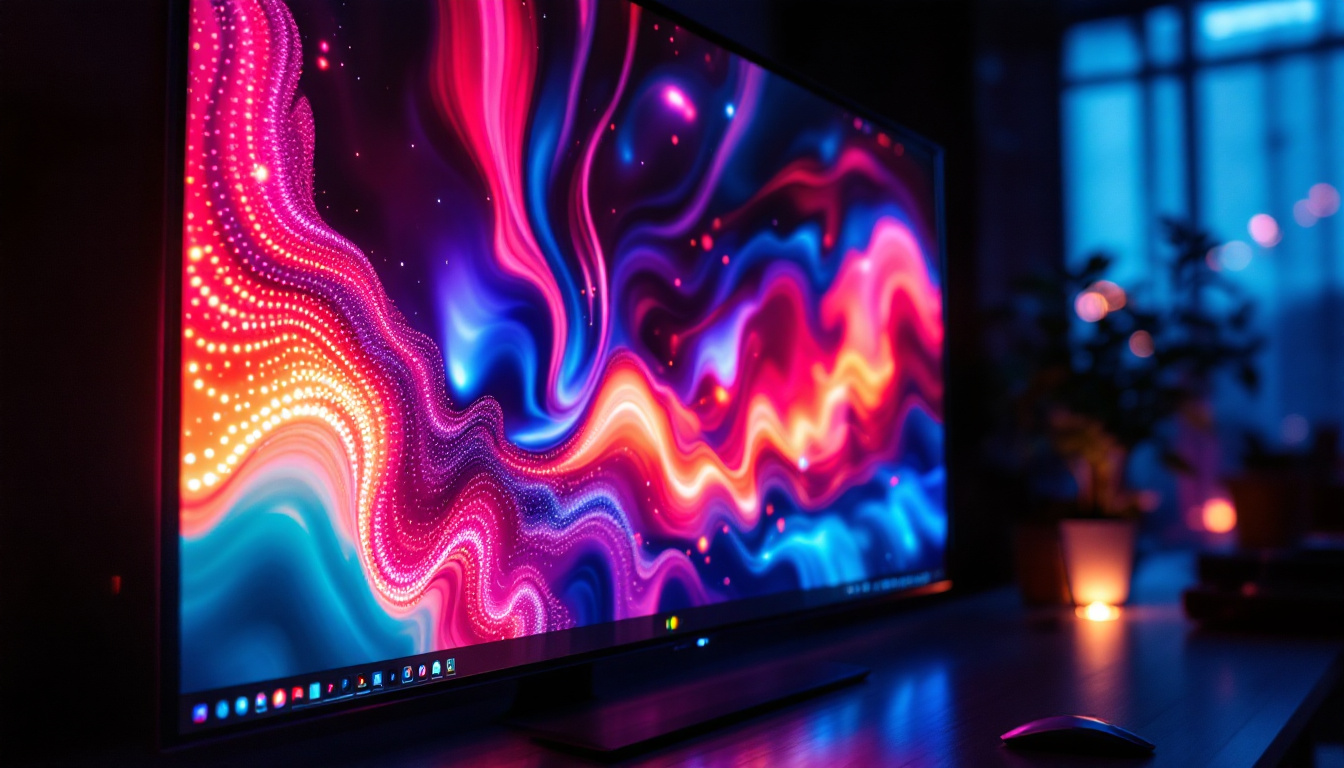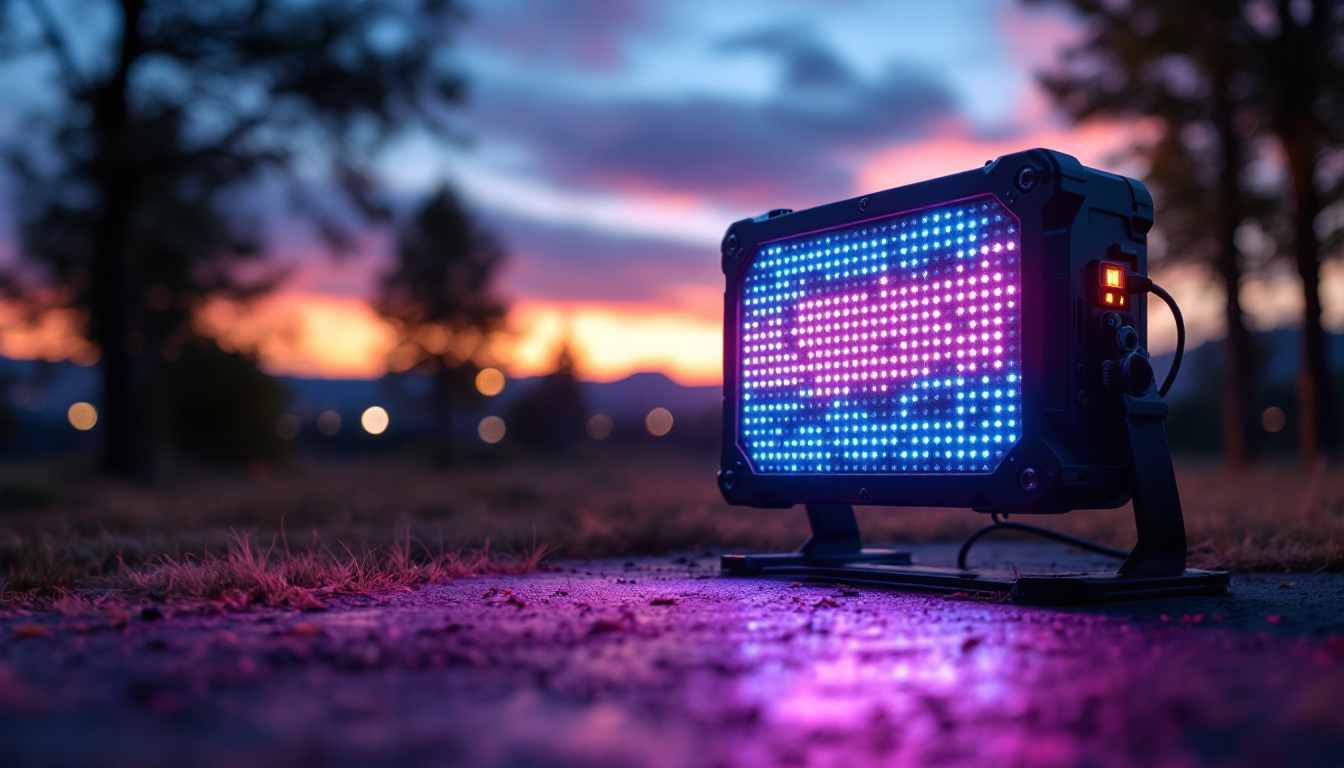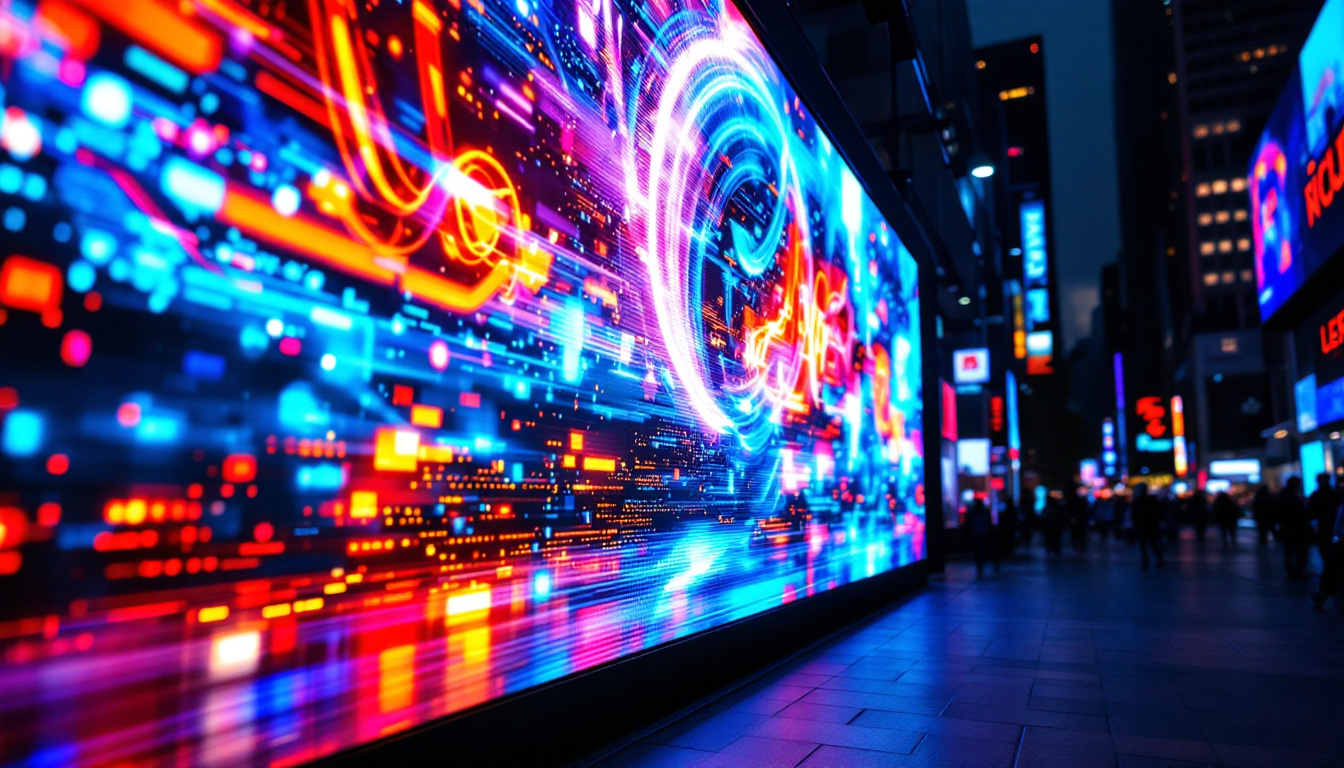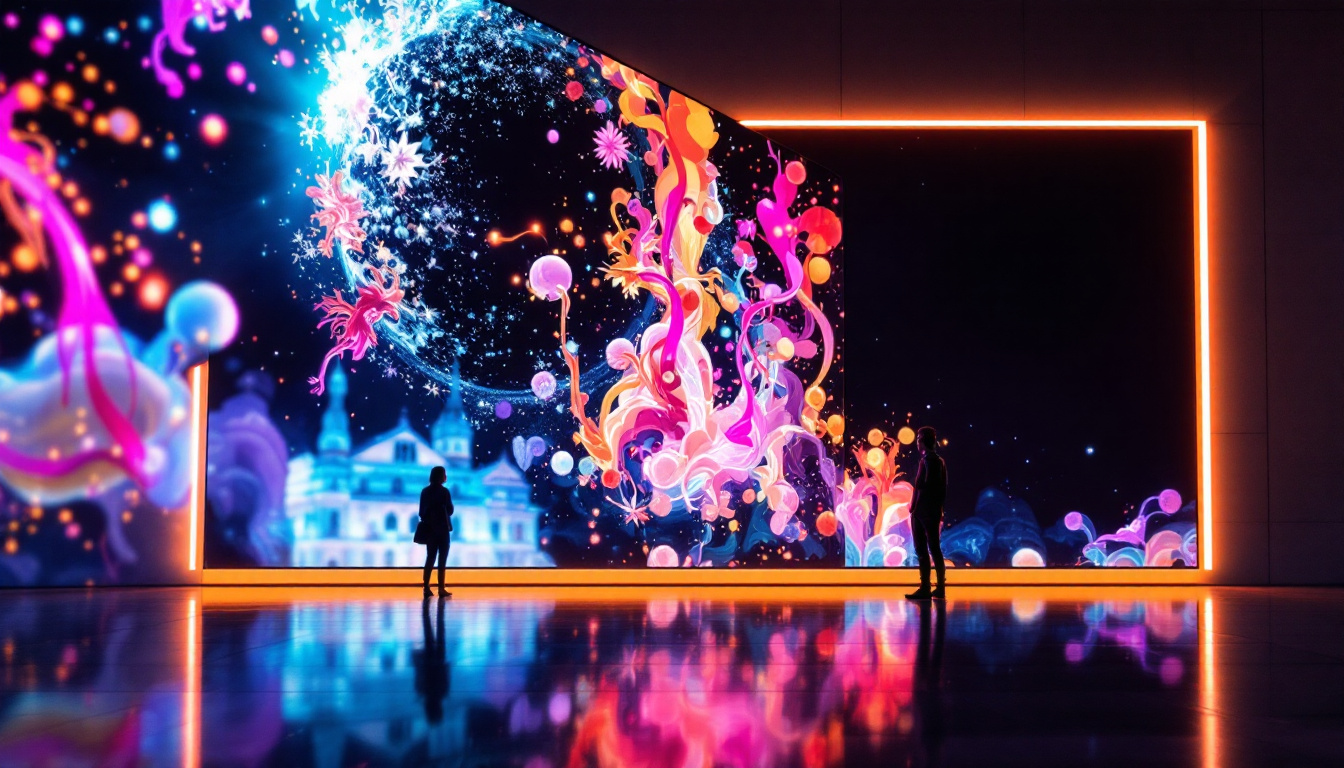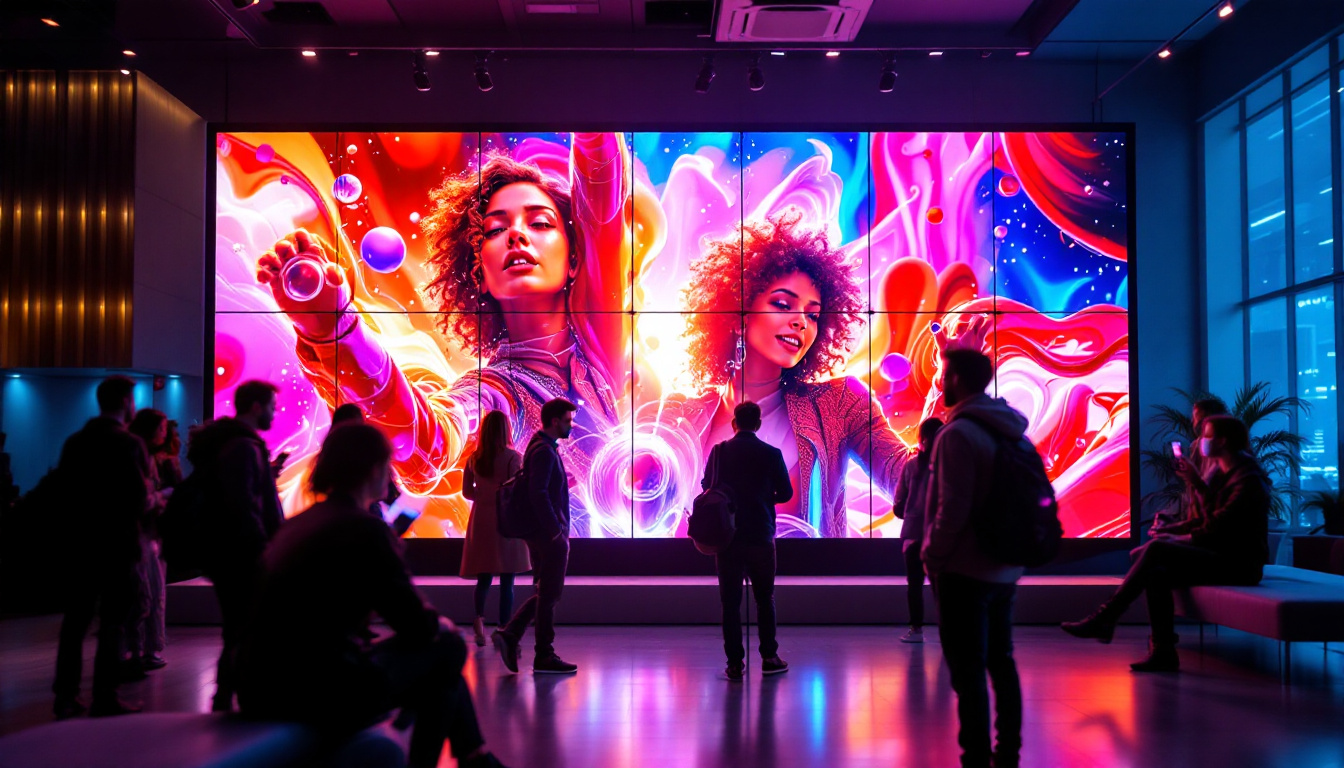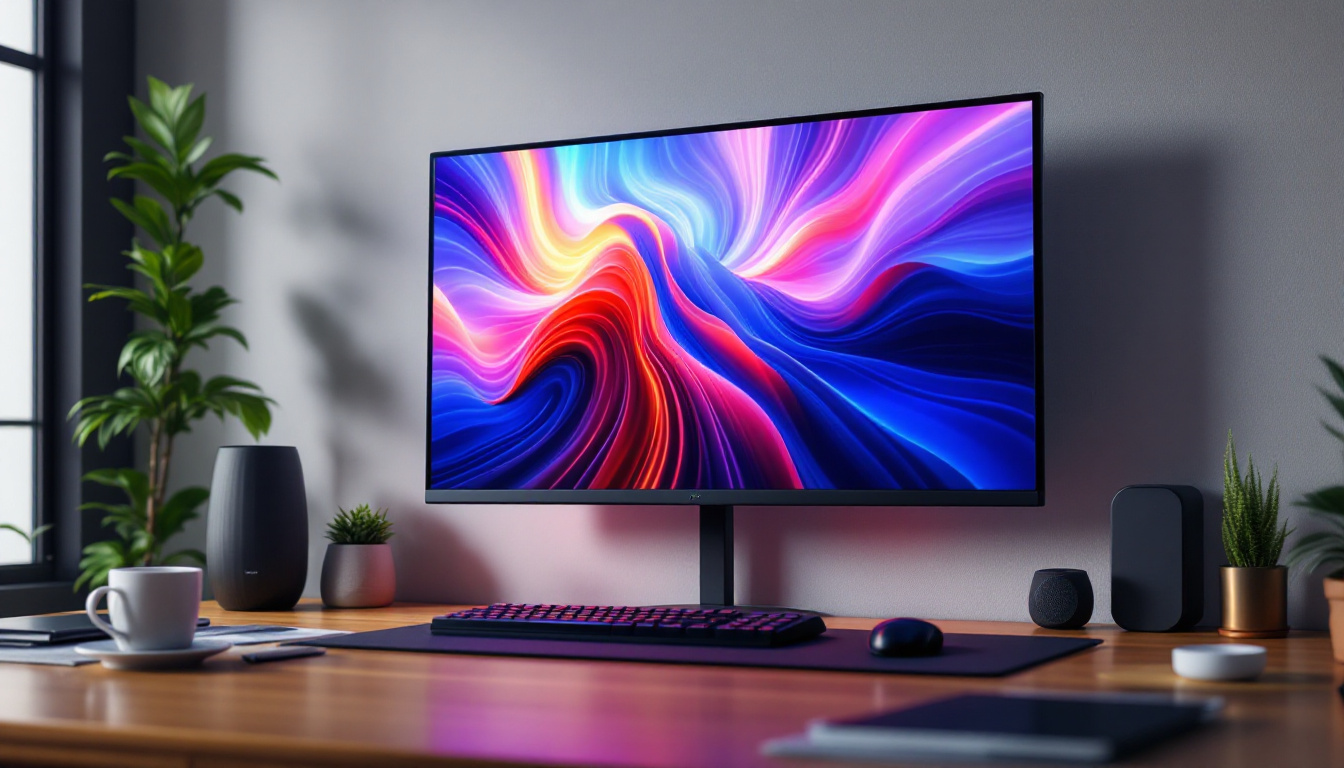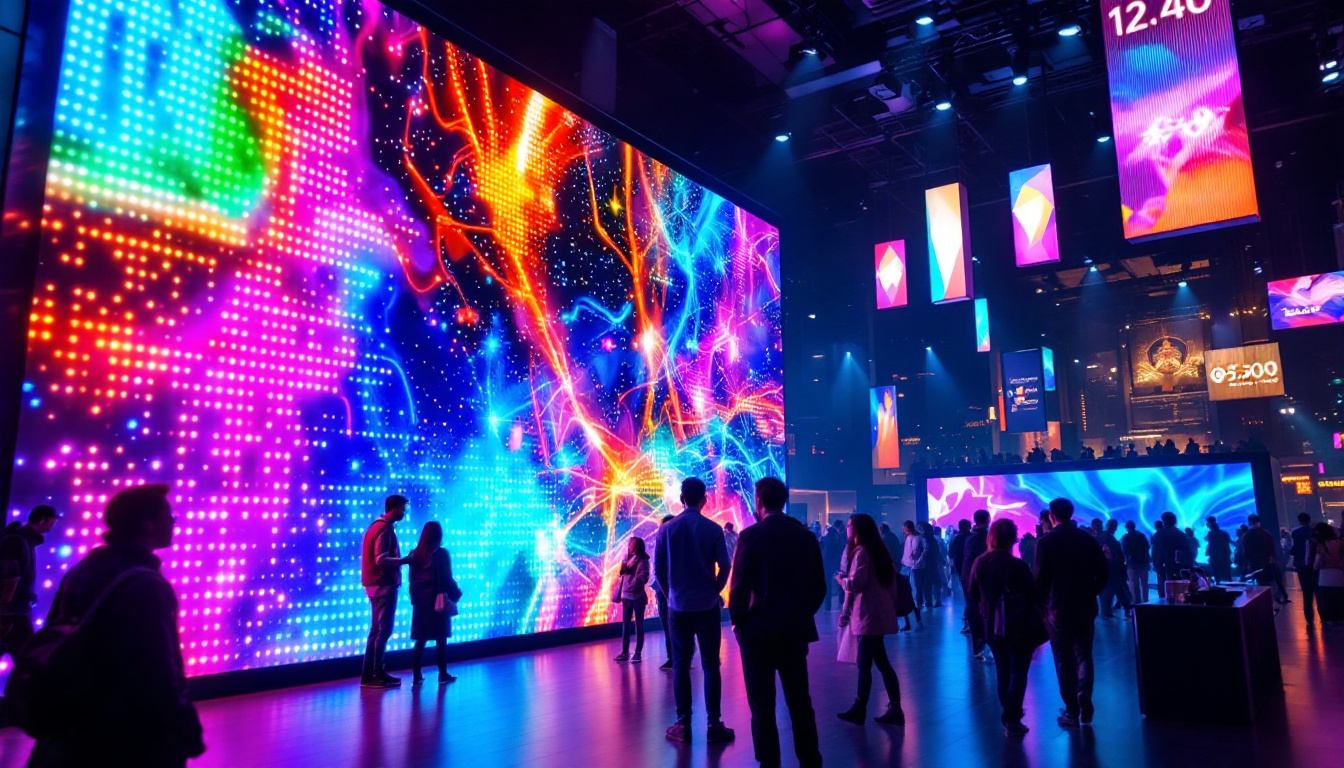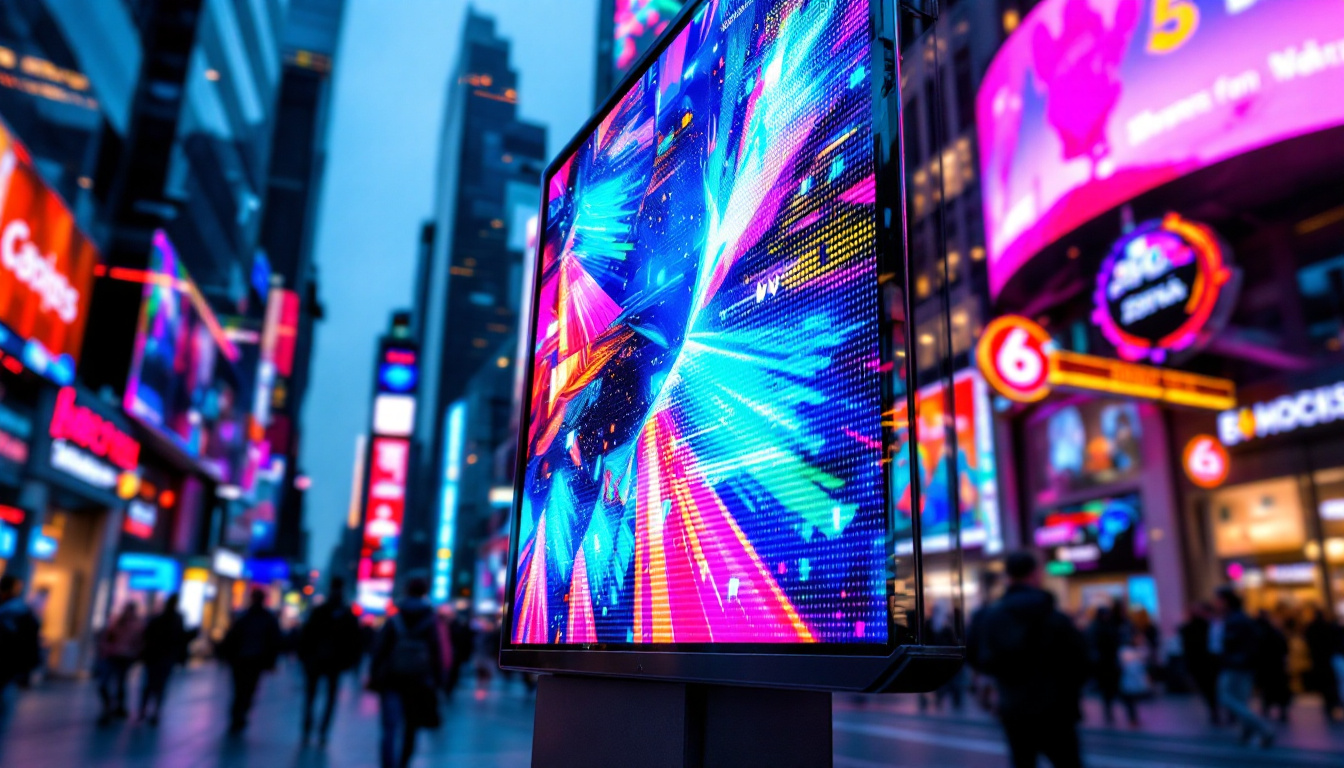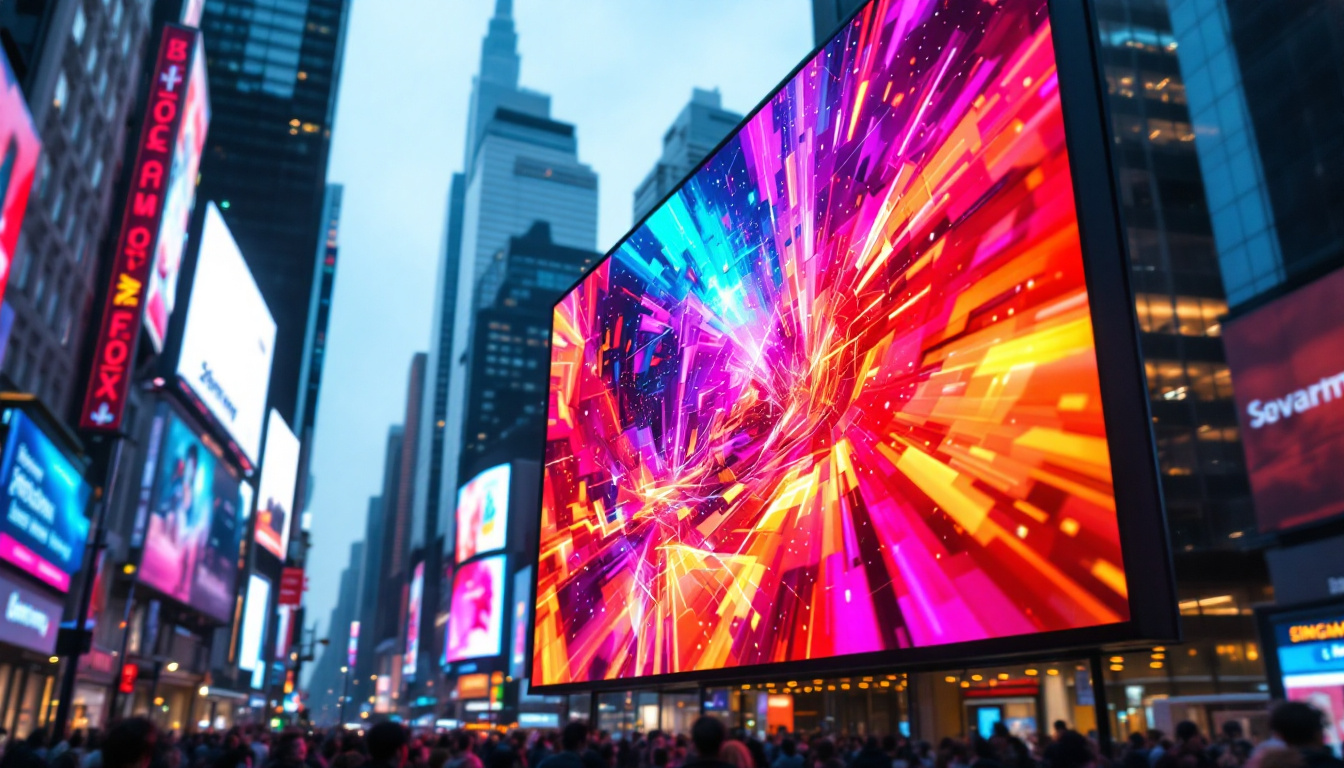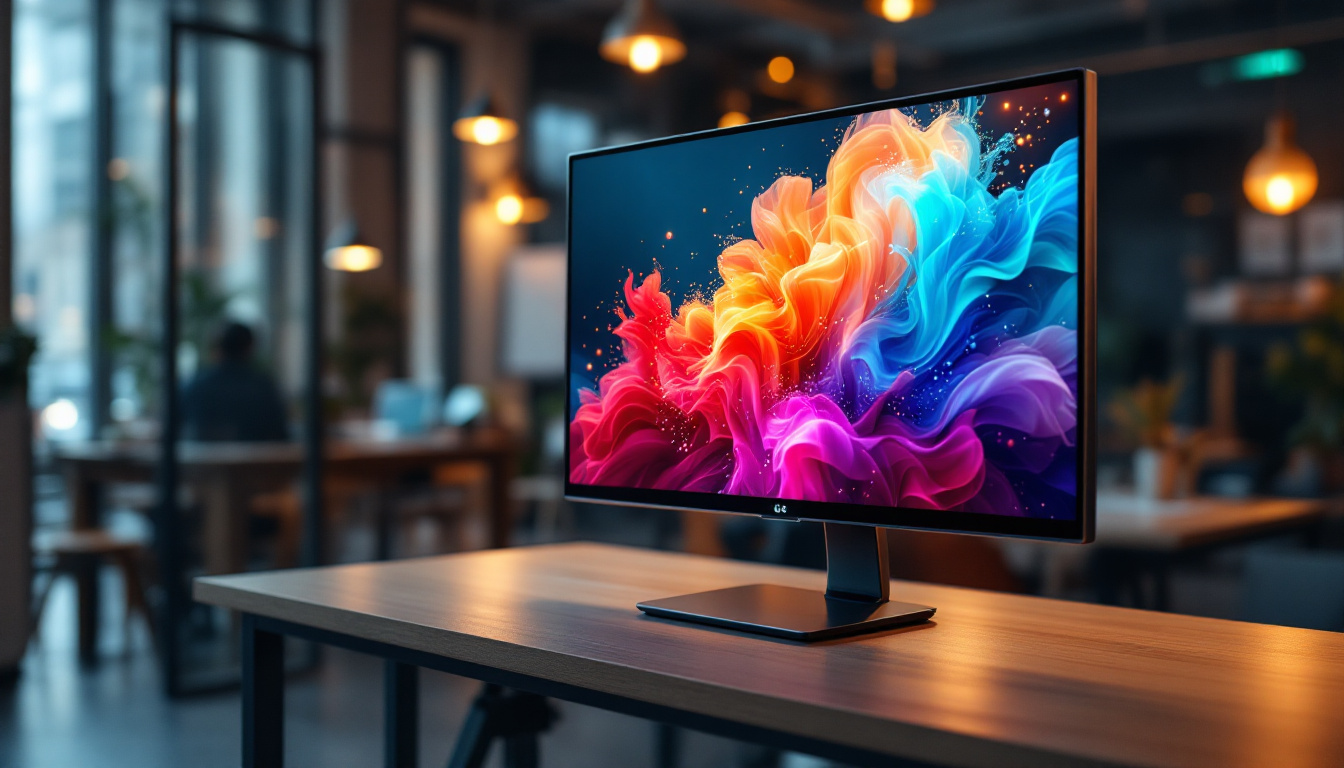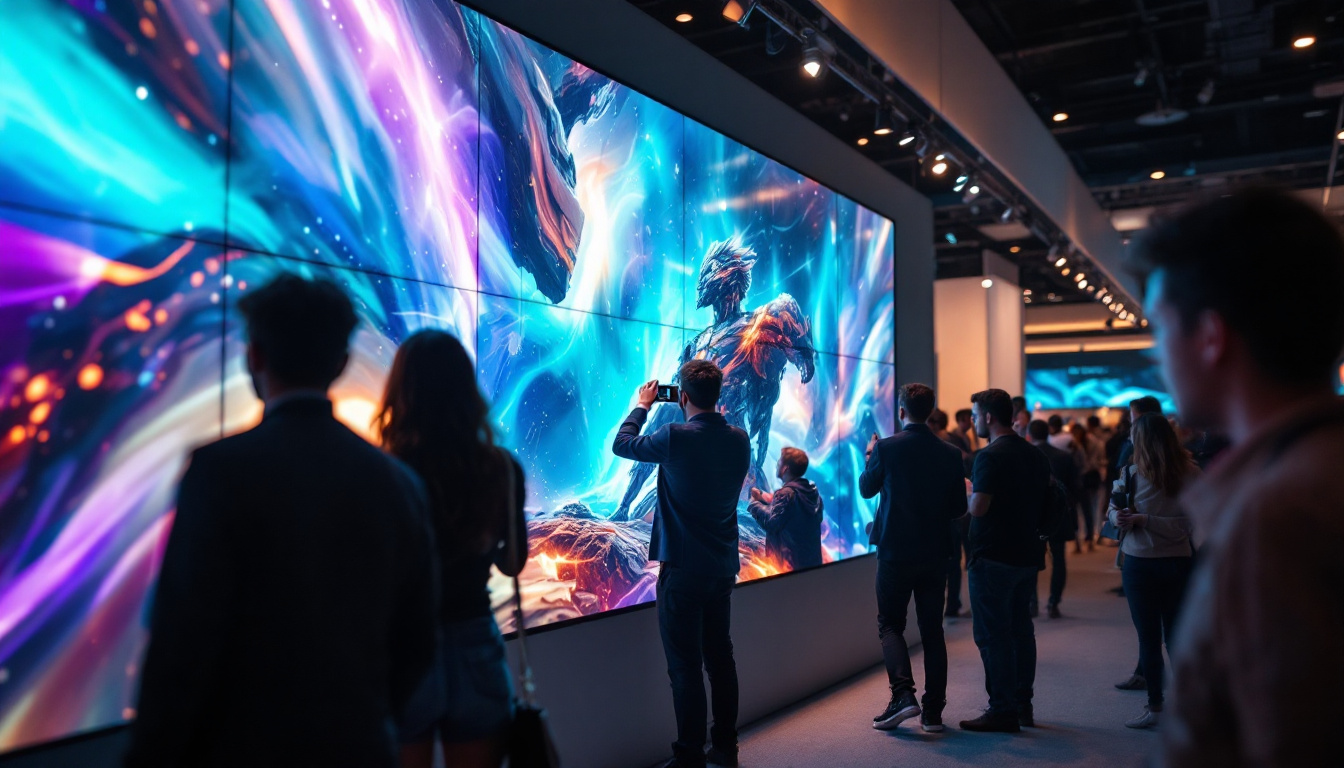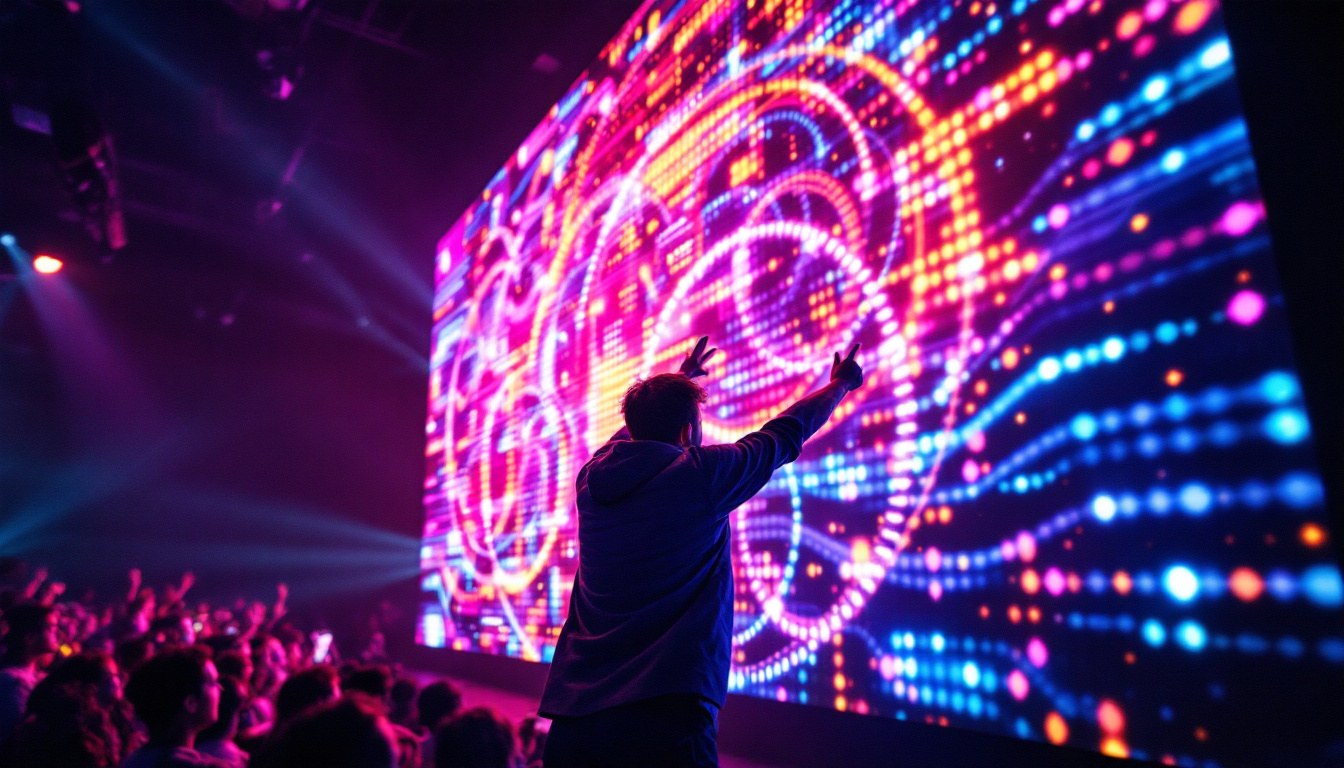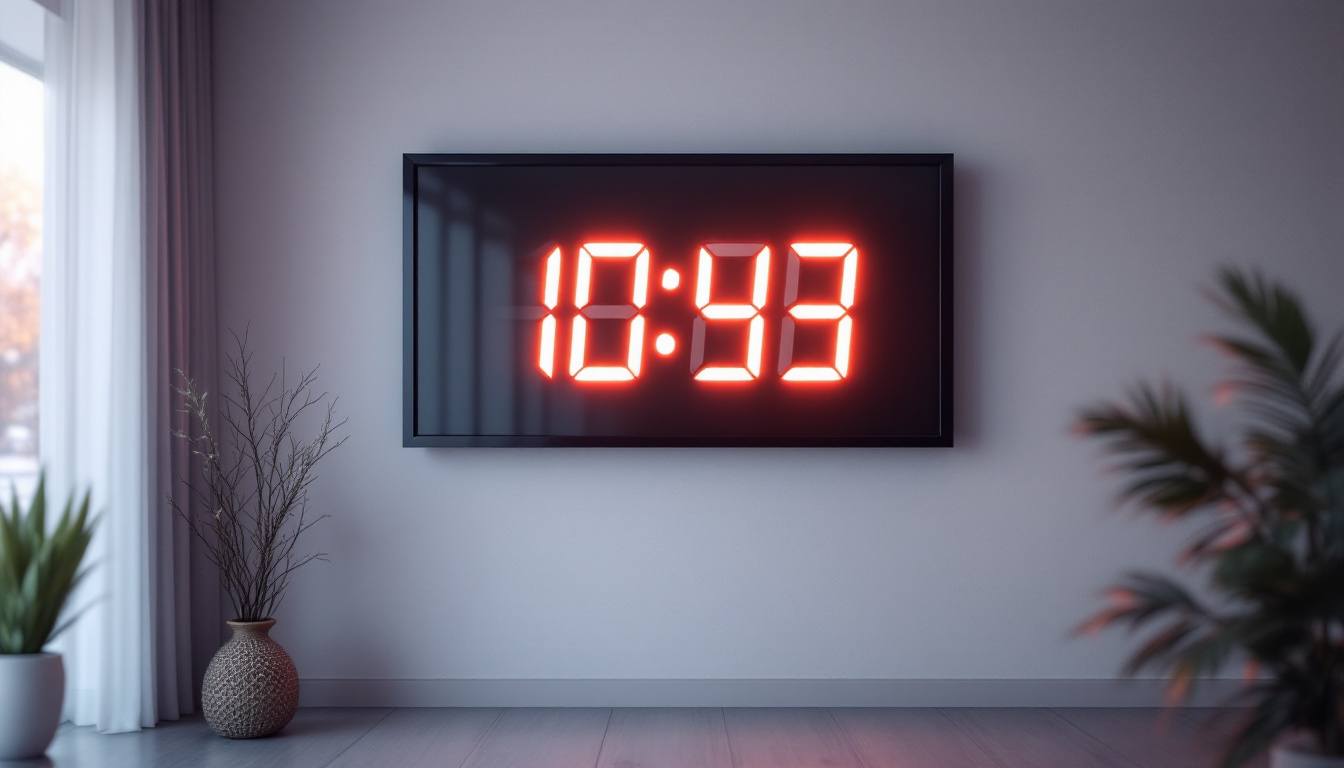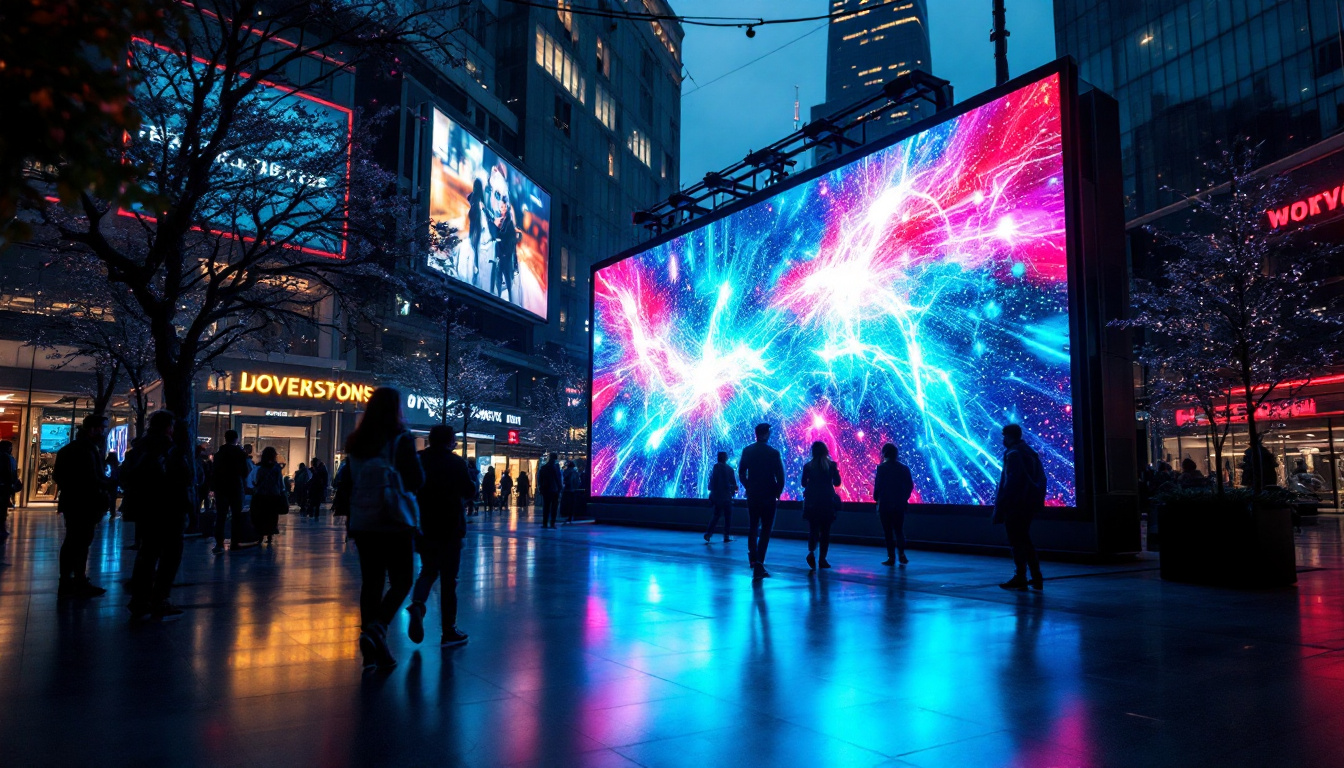In the realm of visual technology, digital projectors have revolutionized the way we experience images and videos. Among the various types of projectors available, LED projectors stand out for their unique display technology, offering a blend of efficiency, longevity, and vibrant image quality. This article delves into the intricacies of LED display technology in digital projectors, exploring how it works, its advantages, and its applications.
Understanding LED Display Technology
LED, or Light Emitting Diode, technology has transformed numerous devices, from televisions to smartphones, and projectors are no exception. Unlike traditional projectors that rely on lamps, LED projectors utilize diodes to produce light, leading to significant improvements in performance and usability.
How LED Projectors Work
At the core of an LED projector is the light source, which consists of multiple diodes emitting light in various colors. These colors are typically red, green, and blue (RGB), which combine to create a full spectrum of colors when projected onto a screen. The process begins with the LED light source generating light that passes through a series of optical components, including lenses and filters, to enhance image quality.
In many LED projectors, the light is directed onto a digital micromirror device (DMD) or liquid crystal display (LCD) panel. This component modulates the light to create the desired image, which is then projected onto a surface. The compact nature of LED technology allows for smaller and lighter projectors, making them more portable and user-friendly. Furthermore, the ability of LED projectors to turn on instantly and reach full brightness without warm-up time is a significant advantage, especially in environments where quick setup is essential, such as classrooms or business presentations.
Key Components of LED Projectors
To fully appreciate the efficiency of LED projectors, it’s essential to understand their key components:
- Light Source: The LED light source is energy-efficient and has a longer lifespan compared to traditional bulbs, lasting up to 30,000 hours or more.
- Optics: High-quality lenses and mirrors are crucial for focusing and directing the light accurately, ensuring sharp images.
- Cooling System: LED projectors generate less heat than their lamp-based counterparts, but they still require cooling systems to maintain optimal performance.
Another vital component is the projector’s processing unit, which handles the image processing and scaling, ensuring that the projected image maintains high fidelity regardless of the source resolution. This unit also plays a crucial role in enhancing color accuracy and contrast, allowing for a more vibrant viewing experience. Additionally, many LED projectors now come equipped with built-in connectivity options, such as Wi-Fi and Bluetooth, enabling seamless integration with various devices, including laptops, tablets, and smartphones. This versatility not only enhances user convenience but also expands the potential applications of LED projectors, making them ideal for home entertainment, professional presentations, and even outdoor movie nights.
Advantages of LED Projectors
LED projectors offer several advantages that make them a popular choice for both personal and professional use. Understanding these benefits can help users make informed decisions when selecting a projector for their needs.
Energy Efficiency
One of the most significant advantages of LED projectors is their energy efficiency. LED lights consume considerably less power than traditional incandescent or halogen bulbs. This not only reduces electricity costs but also minimizes the environmental impact, making LED projectors a more sustainable choice. In addition to lower energy consumption, many LED projectors also feature smart technology that automatically adjusts brightness based on the ambient light in the room, further enhancing energy savings while providing optimal viewing conditions.
Longevity and Maintenance
LED projectors have an impressive lifespan, often exceeding 30,000 hours. This longevity means that users can enjoy years of reliable performance without the need for frequent bulb replacements, which can be costly and time-consuming. Additionally, the reduced frequency of maintenance contributes to lower overall operating costs. Unlike traditional projectors, which may require regular cleaning and replacement of filters, LED projectors typically have sealed designs that minimize dust accumulation, allowing for hassle-free operation and maintenance.
Image Quality
When it comes to image quality, LED projectors excel in delivering vibrant colors and high contrast ratios. The RGB color mixing allows for a broader color gamut, resulting in more lifelike images. Furthermore, LED projectors maintain their brightness and color accuracy over time, ensuring consistent performance throughout their lifespan. This is particularly beneficial for presentations, movies, and gaming, where visual fidelity is crucial. Additionally, LED projectors are less prone to color degradation compared to their lamp-based counterparts, providing users with a consistently high-quality viewing experience without the worry of fading over time.
Portability and Size
Another notable advantage of LED projectors is their compact size and lightweight design, making them highly portable. Many models are designed for easy transport, allowing users to take them to various locations without hassle. This portability is particularly advantageous for business professionals who need to present in different venues or for families who enjoy movie nights in various settings, such as backyards or camping trips. The small form factor does not compromise performance; many portable LED projectors still deliver impressive image quality and brightness, ensuring that users can enjoy a big-screen experience wherever they go.
Quiet Operation
LED projectors are also known for their quiet operation, which is a significant advantage for both home and professional environments. Unlike traditional projectors that often require loud cooling fans to manage heat, LED projectors generate less heat and can operate with minimal noise. This feature is particularly beneficial during presentations or movie screenings, where distracting background noise can detract from the viewing experience. Users can enjoy immersive sound and visuals without the interference of a noisy projector, making LED projectors an ideal choice for intimate settings or large auditoriums alike.
Applications of LED Projectors
LED projectors have found their niche in various sectors, from education to entertainment. Their versatility makes them suitable for a wide range of applications, catering to different user needs.
Education
In educational settings, LED projectors are increasingly used to enhance learning experiences. Their portability allows teachers to set up presentations in different classrooms easily. The vibrant colors and sharp images help in engaging students, making lessons more interactive and visually appealing.
Business Presentations
For business professionals, LED projectors are invaluable tools for presentations and meetings. Their compact size and lightweight design make them easy to transport, while their high-quality output ensures that visuals are clear and impactful. Whether in a conference room or a remote location, LED projectors enable seamless communication of ideas.
Home Entertainment
In the realm of home entertainment, LED projectors have gained popularity for movie nights and gaming sessions. With the ability to project large images onto screens or walls, they create an immersive viewing experience that rivals traditional televisions. Additionally, their compatibility with various devices makes them a versatile choice for home theaters.
Comparing LED Projectors with Other Technologies
When considering a digital projector, it’s essential to compare LED technology with other options available in the market, such as LCD and DLP projectors. Each technology has its unique strengths and weaknesses, which can influence the purchasing decision.
LED vs. LCD Projectors
LCD projectors utilize liquid crystal displays to create images. While they offer excellent color accuracy and brightness, they often require more maintenance due to the need for bulb replacements. In contrast, LED projectors provide longer lifespans and lower maintenance costs, making them a more convenient option for many users.
LED vs. DLP Projectors
DLP (Digital Light Processing) projectors use micro mirrors to reflect light and create images. They are known for their sharpness and high contrast ratios. However, DLP projectors can sometimes suffer from the “rainbow effect,” where users perceive flashes of color. LED projectors, on the other hand, deliver consistent color performance without this issue, making them a preferred choice for those sensitive to such effects.
Choosing the Right LED Projector
Selecting the right LED projector involves considering various factors, including brightness, resolution, connectivity options, and intended use. Understanding these elements can help users find a projector that meets their specific needs.
Brightness and Lumens
Brightness is a crucial factor in projector performance, measured in lumens. The higher the lumen rating, the brighter the image. For home use in dark rooms, a projector with 1,000 to 2,000 lumens may suffice. However, for business presentations in well-lit environments, a projector with 3,000 lumens or more is recommended to ensure clear visibility.
Resolution
Resolution affects the clarity and detail of the projected image. Common resolutions include 720p (HD), 1080p (Full HD), and 4K. For high-definition content and detailed presentations, opting for a projector with at least 1080p resolution is advisable. 4K projectors, while more expensive, provide stunning detail for home cinema enthusiasts.
Connectivity Options
Modern projectors come equipped with various connectivity options, including HDMI, USB, and wireless capabilities. Ensuring that the projector can connect to the devices intended for use is essential. For those who frequently present from laptops or smartphones, having multiple HDMI ports and wireless connectivity can enhance convenience.
Future Trends in LED Projector Technology
The landscape of projector technology is continually evolving, with LED projectors at the forefront of innovation. Several trends are shaping the future of these devices, promising even more enhancements in performance and usability.
Smart Projectors
With the rise of smart technology, many LED projectors are now incorporating smart features. These projectors can connect to the internet, allowing users to stream content directly from platforms like Netflix or YouTube without needing additional devices. This convenience is appealing to consumers seeking an all-in-one solution for their entertainment needs.
Higher Resolutions and Enhanced Color Accuracy
As technology advances, the demand for higher resolutions continues to grow. Future LED projectors are expected to support 8K resolution, providing unparalleled detail and clarity. Additionally, improvements in color accuracy and brightness will further enhance the viewing experience, making projections more lifelike than ever before.
Portability and Design Innovations
Design innovations are also on the horizon, with manufacturers focusing on creating more compact and lightweight models. Portable LED projectors that can easily fit into a backpack are becoming increasingly popular, catering to users who value convenience without compromising performance.
Conclusion
LED projectors represent a significant advancement in digital projection technology, offering a combination of energy efficiency, longevity, and superior image quality. Their versatility makes them suitable for various applications, from education to entertainment. As technology continues to evolve, LED projectors will likely become even more integrated into our daily lives, providing immersive visual experiences that enhance communication and entertainment.
Understanding the workings, advantages, and future trends of LED projectors can empower consumers to make informed decisions when investing in this technology. Whether for personal use or professional settings, LED projectors are poised to remain a popular choice for years to come.
Explore Cutting-Edge LED Display Solutions with LumenMatrix
Ready to elevate your visual experience with the latest in LED technology? Look no further than LumenMatrix, a pioneer in crafting innovative LED display modules designed to amplify your brand’s presence and captivate your audience. From the dynamic Indoor LED Wall Display to the robust Outdoor LED Wall Display, and from the mobile versatility of Vehicle LED Displays to the sleekness of LED Poster Displays, LumenMatrix offers a comprehensive range of solutions tailored to your unique needs. Discover how our LED Sports Displays, Floor LED Displays, Custom LED Displays, All-in-One LED Displays, and LED Transparent Displays can transform your visual communication. Check out LumenMatrix LED Display Solutions today and join the revolution in creating immersive and engaging visual experiences.

